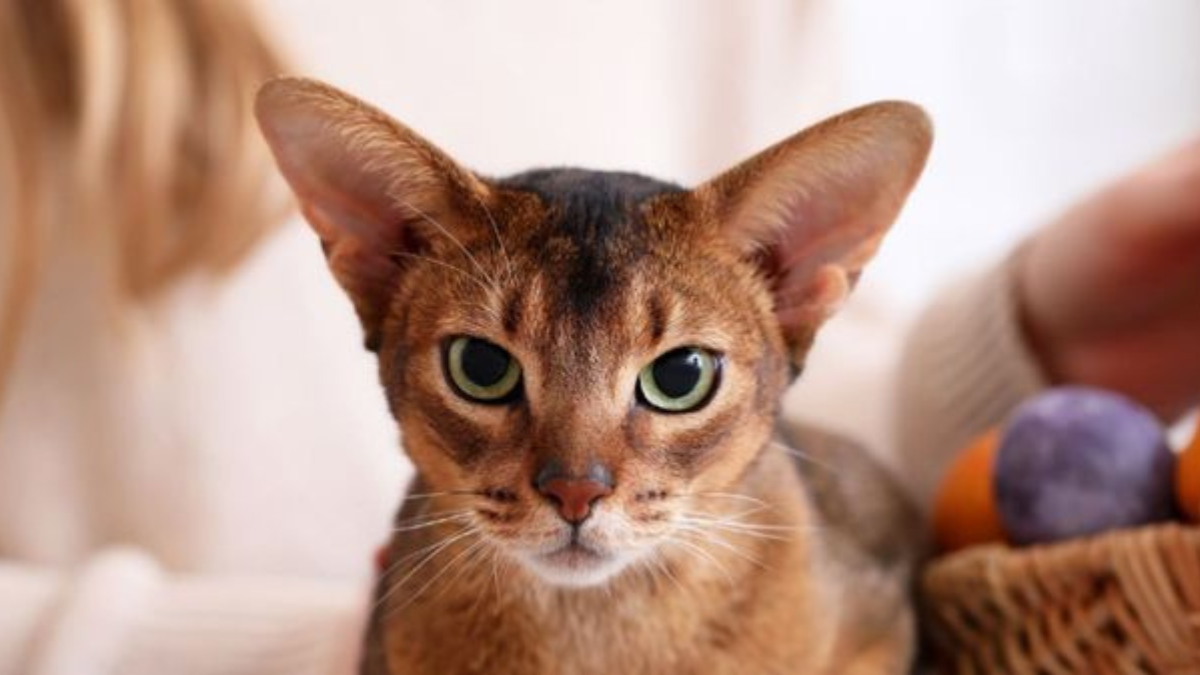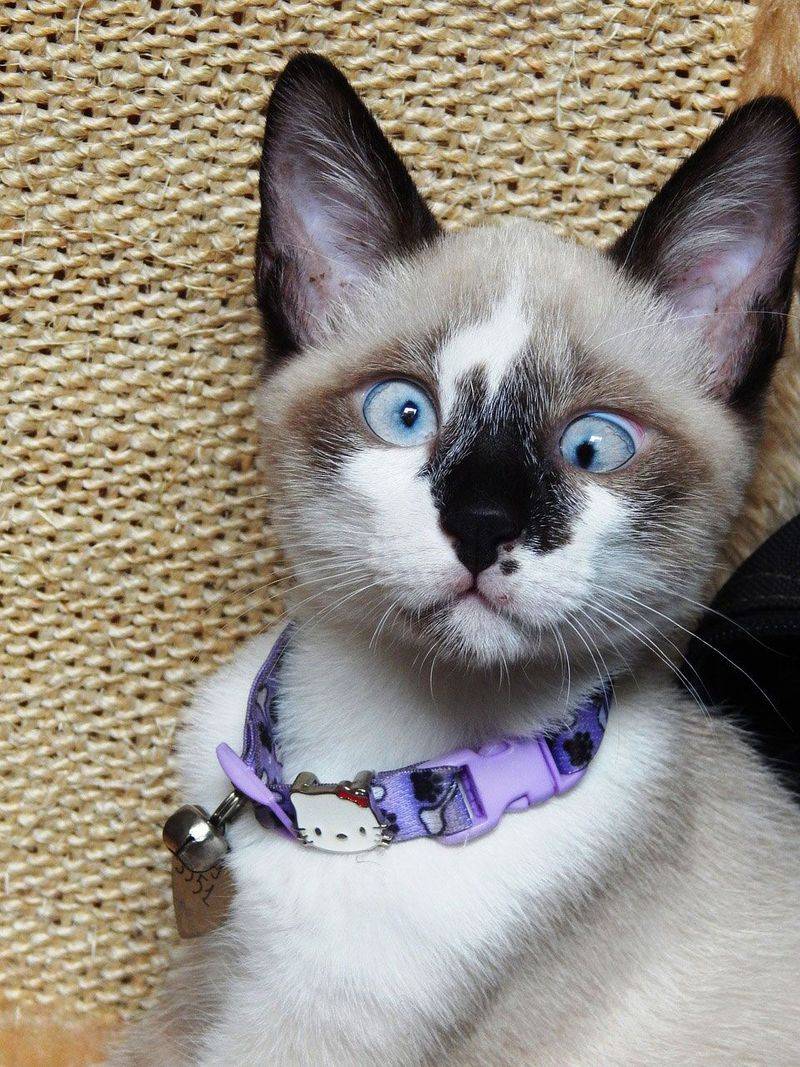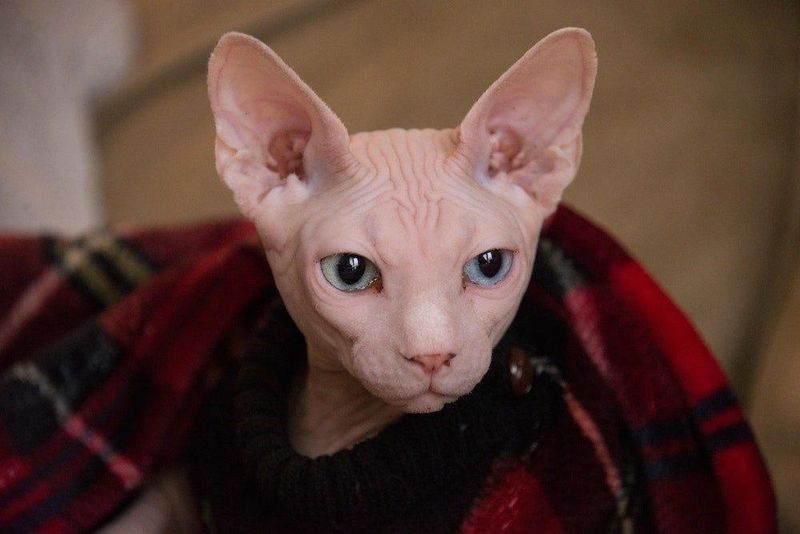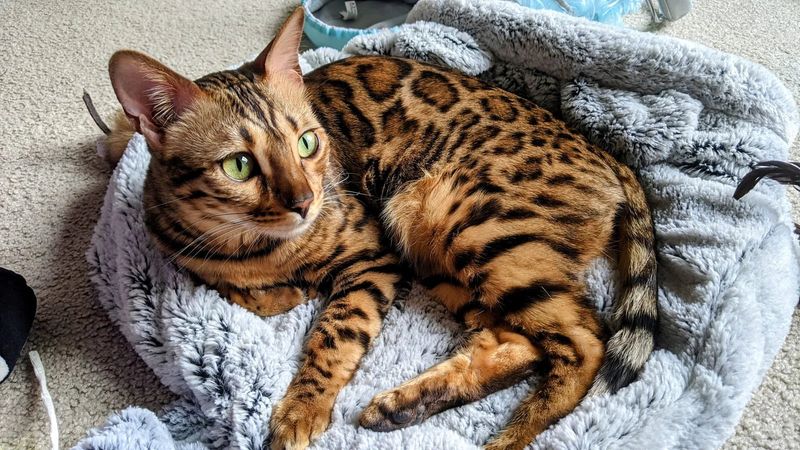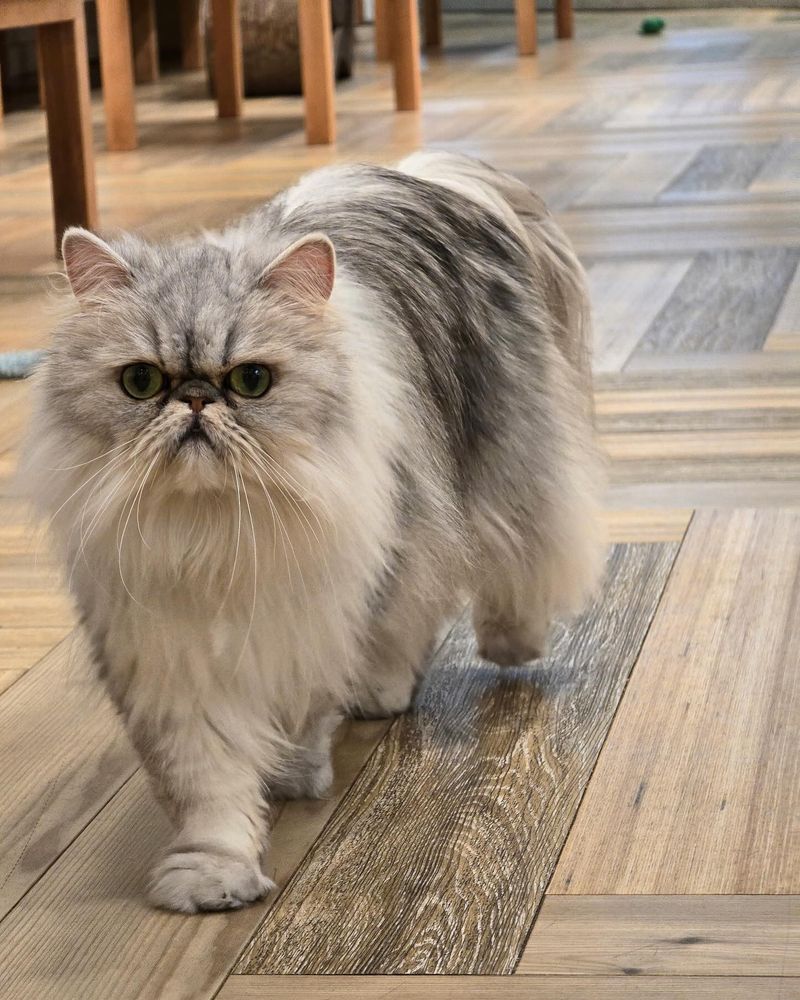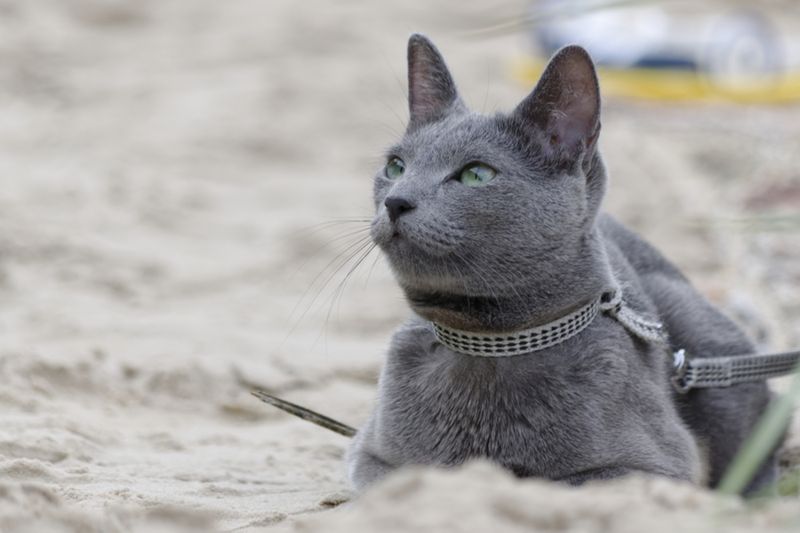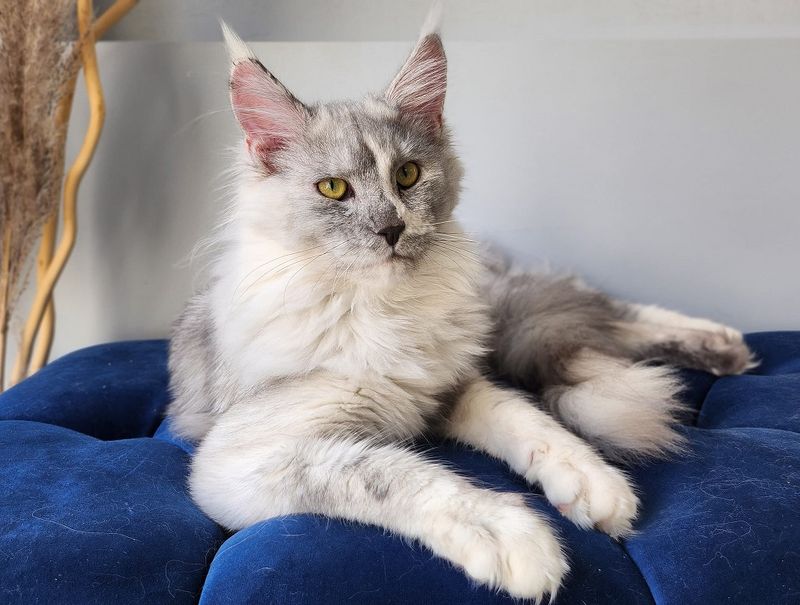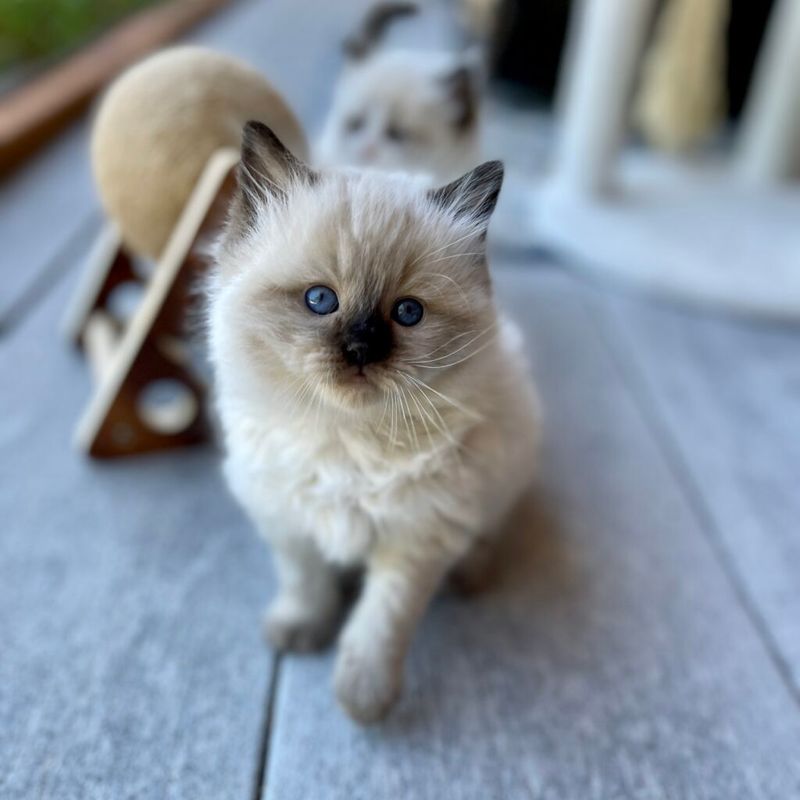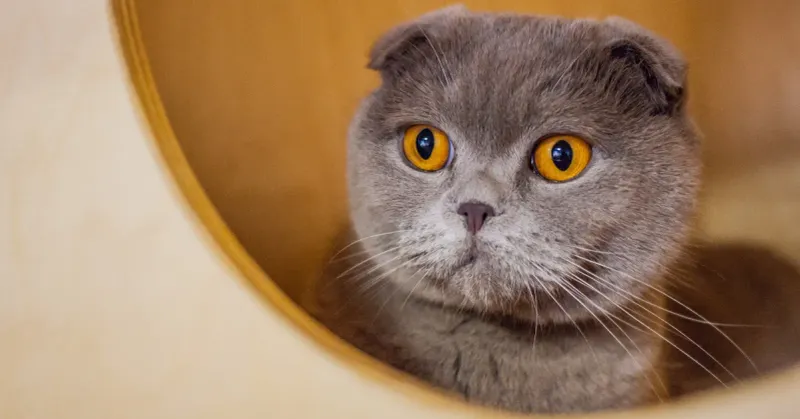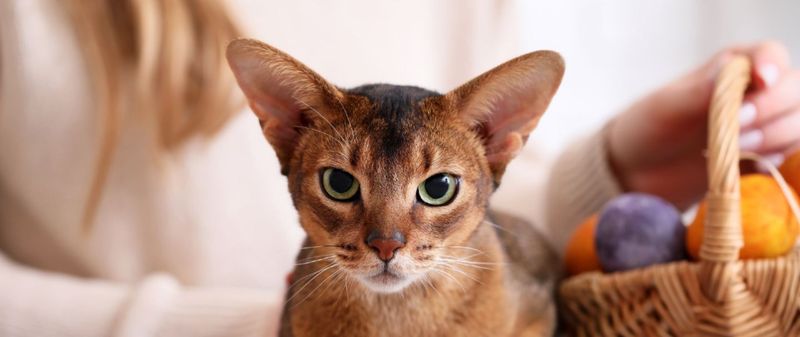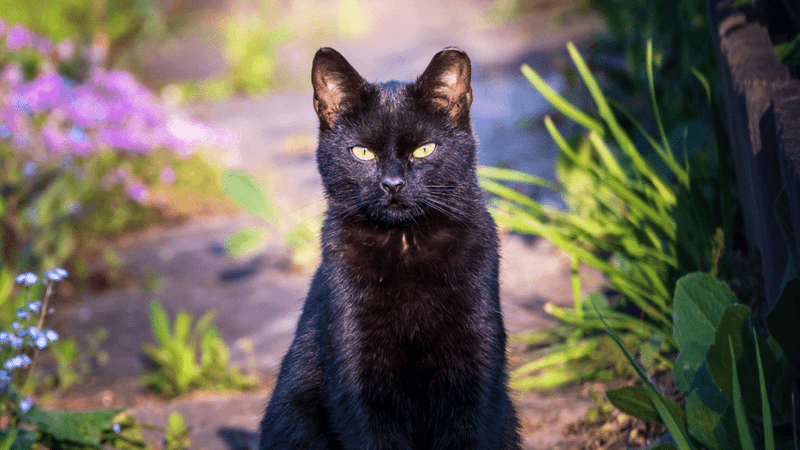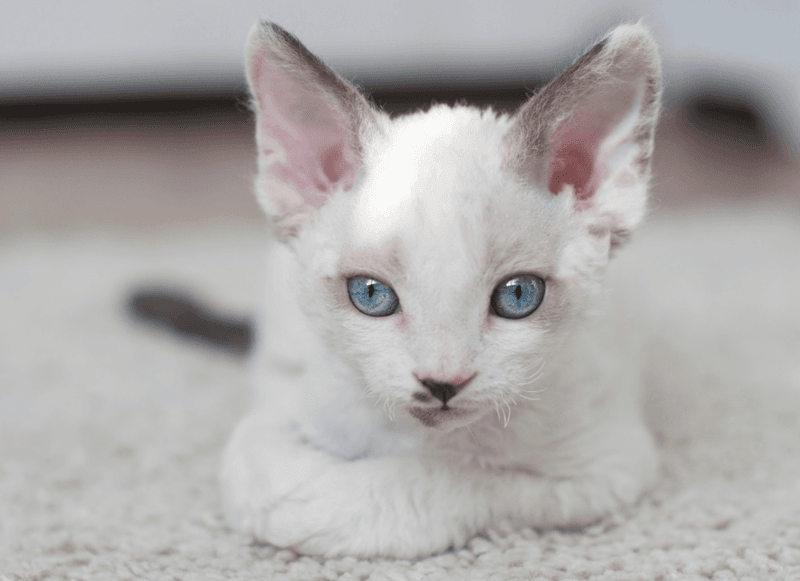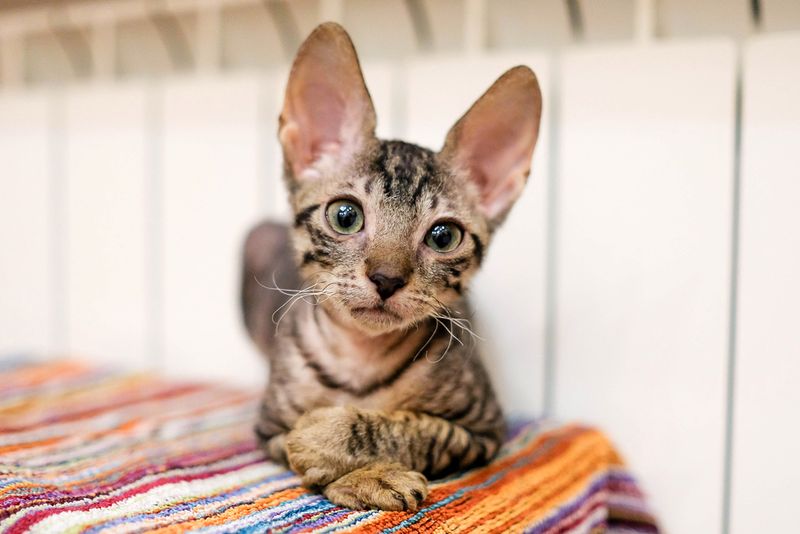📖 Table of Content:
Some cat breeds have carried negative reputations for generations, often based on misunderstandings or outdated stereotypes. Labels like “unfriendly” or “difficult” tend to stick, even when they don’t reflect a cat’s true nature. These generalizations can prevent potential owners from appreciating the unique qualities each breed offers.
Personality traits that are seen as flaws in one context may simply be a result of a cat’s instincts or environmental needs. With the right care, even the most “misunderstood” breeds can become loving and well-adjusted companions. A deeper look often reveals that what’s mistaken for aloofness or aggression is actually independence or sensitivity.
Judging a breed without considering its background and behavior leads to missed connections and unfair assumptions. Every cat has a story shaped by genetics, environment, and individual temperament. By learning more about these commonly judged breeds, it’s possible to uncover the charm that lies beneath the surface.
1. Siamese
Known for their loud, raspy voices, Siamese cats are often labeled as overly vocal and demanding. Many people complain about their constant ‘talking’ and assume they’re just annoying attention-seekers.
The reality is that Siamese cats are incredibly intelligent and social creatures who communicate because they genuinely want to interact with their humans. They form deep bonds with their families and use their voices to express everything from affection to concern.
Far from being a nuisance, their communicative nature makes them excellent companions who will always let you know exactly how they’re feeling. Their loyalty and expressiveness are actually wonderful traits for those seeking a truly interactive pet relationship.
2. Sphynx
Hairless and wrinkly, the Sphynx often faces rejection based on appearance alone. Some people find their lack of fur ‘creepy’ or ‘alien-like,’ while others spread misconceptions about them being unhygienic or causing allergies.
Contrary to popular belief, Sphynx cats require more grooming than their furry counterparts. Without fur to absorb body oils, they need regular baths to stay clean. And while their warm, suede-like skin feels unusual at first touch, most people find it surprisingly pleasant.
Personality-wise, these cats are among the most affectionate and playful breeds around. They seek human warmth both emotionally and physically, often snuggling under blankets and forming exceptionally strong bonds with their owners.
3. Bengal
With their wild appearance and high energy, Bengals have earned a reputation as destructive troublemakers. Stories about their tendency to climb curtains, open cabinets, and generally create chaos have scared away many potential owners.
The truth is that Bengals are simply intelligent cats with bodies built for activity. Their behavior problems typically stem from boredom rather than malice. When provided with proper stimulation—climbing trees, puzzle toys, and interactive play—they channel their energy constructively.
Bengals form strong bonds with their humans and can even learn tricks and commands like dogs. Their playful nature and striking spotted coats make them fascinating companions for active households willing to meet their needs for mental and physical engagement.
4. Persian
Persians often get dismissed as high-maintenance divas with no personality. Their flat faces and long, luxurious coats have made them symbols of pampered pet life, leading many to assume they’re just pretty ornaments rather than real companions.
Behind that fluffy exterior lies a gentle, loving temperament that’s perfect for quiet homes. Yes, their coats require regular grooming, but many owners find this bonding time enjoyable rather than burdensome.
Unlike more energetic breeds, Persians offer a calm, steady presence. They’re not aloof—they simply express affection through peaceful companionship rather than demanding attention. Their soft purrs and gentle headbutts show deep attachment to their favorite humans without the drama some associate with cat ownership.
5. Russian Blue
Shyness around guests often leads to Russian Blues being labeled as cold or unfriendly. Their tendency to hide doesn’t mean they lack affection—it simply takes time for them to feel secure. Once trust is earned, their loyalty and love are undeniable.
Those who share their homes with Russian Blues know a completely different cat. With their chosen people, these silvery-blue beauties show remarkable devotion and sensitivity. They pick up on their owners’ emotions and often provide quiet comfort during difficult times.
Rather than being cold, they’re simply selective with their affections and respectful of boundaries—both yours and their own. Once trust is established, a Russian Blue becomes an attentive, loyal companion who may follow you from room to room just to be near you.
6. Maine Coon
Their massive size makes Maine Coons intimidating to many. Adults can reach up to 18 pounds, with tufted ears and wild appearances that sometimes trigger unfounded fears about aggression or unmanageability.
Maine Coons have earned the nickname ‘gentle giants’ for good reason. Despite their impressive stature, they display remarkable gentleness, especially with children and other pets. Their size comes with unexpected benefits—they’re sturdy enough for interactive play without the fragility of smaller breeds.
These cats maintain kitten-like playfulness well into adulthood while displaying dog-like loyalty. Many will greet you at the door, play fetch, and even enjoy water. Their combination of independence and affection makes them ideal for families wanting the companionship of a dog with the self-sufficiency of a cat.
7. Ragdoll
Ragdolls have been unfairly characterized as ‘dumb’ cats with no survival instincts. Their tendency to go limp when held (which gave them their name) and their trusting nature have led to assumptions that they lack intelligence or normal feline awareness.
This relaxed demeanor actually stems from a secure, confident personality rather than any cognitive deficit. Ragdolls are surprisingly smart—they can learn their names, respond to commands, and solve problems when motivated.
Their calm, non-destructive nature makes them excellent apartment cats. They rarely climb curtains or knock things off shelves deliberately. Rather than lacking intelligence, they simply prioritize harmony and comfort over mischief. Their blue eyes and color-point patterns complement a genuinely sweet disposition that makes them beloved family members.
8. Scottish Fold
Between misconceptions about their appearance and concerns over health, Scottish Folds face more judgment than many breeds. Their folded ears draw both fascination and criticism, especially from those questioning the ethics behind the trait. Yet behind the controversy is a sweet-natured cat that thrives on companionship and affection.
Responsible breeders now pair folded-ear cats with straight-eared ones to minimize health issues. The cats themselves are remarkably adaptable, good-natured pets who bond deeply with their families.
Scottish Folds bring a perfect balance of playfulness and relaxation to homes. They enjoy interactive games but don’t demand constant attention. Their round faces with expressive eyes communicate a range of emotions that owners find endearing. When acquired from ethical breeders who prioritize health testing, they can be wonderful, moderately active companions.
9. Abyssinian
Abyssinians get labeled as ‘too hyperactive’ or ‘impossible to cuddle’ because of their high energy levels. Their constant motion and curiosity have convinced some people they make poor lap cats or companions for quieter households.
What critics miss is the Abyssinian’s extraordinary intelligence and adaptability. While they do love activity, they’re also capable of matching their energy to their environment when their needs are met. Their playfulness comes with remarkable problem-solving abilities.
Abyssinians form intense bonds with their people—they simply show affection through interaction rather than hours of sitting still. They’ll follow you everywhere, ‘help’ with tasks, and engage with you continuously. Their ticked coats in warm ruddy tones complement athletic bodies built for the interactive play they love.
10. Bombay
Black cats generally face superstitious discrimination, and the jet-black Bombay gets an extra dose of unwarranted fear. Their intense copper eyes and sleek coats sometimes trigger irrational associations with bad luck or Halloween symbols rather than appreciation for their unique beauty.
Bombays were bred to resemble miniature panthers in appearance only—their temperament couldn’t be more different from a wild cat. They typically love being held and carried, often seeking out laps and shoulders for cuddle time.
Despite their exotic appearance, they’re remarkably adaptable to different households, including homes with children and other pets. Their playful nature and moderate activity level make them suitable for various living situations. Bombays combine striking looks with genuinely friendly personalities that quickly dispel any superstitious concerns.
11. Devon Rex
The Devon Rex’s unusual appearance—large ears, wavy coat, and elfin face—has earned them unflattering comparisons to aliens, bats, and gremlins. Their unconventional looks have overshadowed their remarkable personalities.
These cats are the clowns of the cat world. Playful well into old age, they develop complex games and can learn tricks that showcase their intelligence. Their short, wavy coats shed minimally, making them more suitable for some allergy sufferers than fully-furred breeds.
Devon Rex cats form extraordinarily strong bonds with their humans and hate being left alone for long periods. They’ll ride on shoulders, help with household tasks, and insert themselves into every activity. Their mischievous antics come with such charm that most owners find it impossible to stay annoyed at their occasional boundary-testing.
12. Cornish Rex
Often confused with their Devon cousins, Cornish Rex cats face similar criticism about their appearance. Their extremely short, curly coats and long, slender bodies have been called ‘rat-like’ or ‘unnatural’ by those unfamiliar with the breed.
The Cornish Rex’s unusual coat is actually wonderfully soft—often compared to lamb’s wool or silk. They’re warm to the touch and naturally drawn to cuddling, making them excellent lap cats despite their active nature.
These cats combine athleticism with affection in a unique package. They can leap to impressive heights and sprint at remarkable speeds, yet they’re equally content curling up under blankets with their favorite humans. Their distinctive appearance comes with practical benefits too—minimal shedding and less dander make them easier on households concerned about fur.
